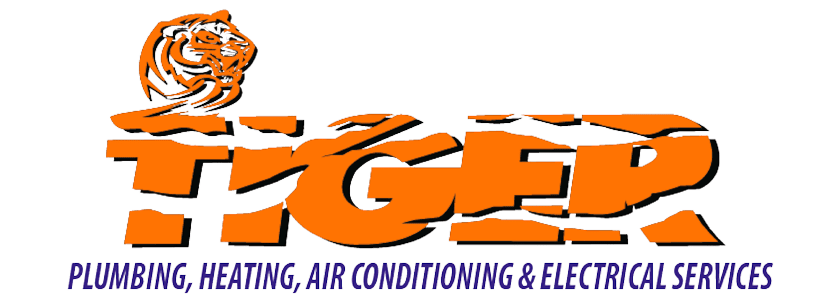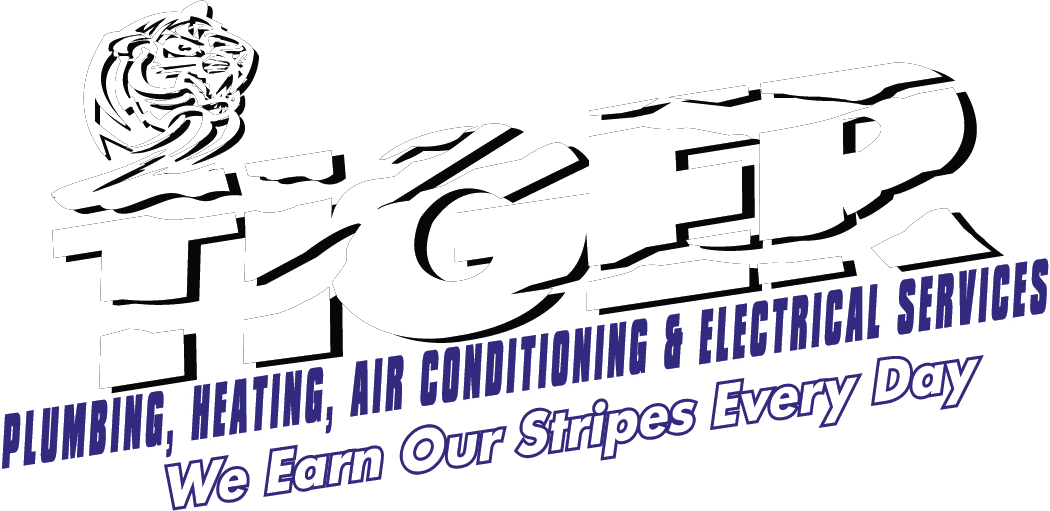According to the EPA, the average American spends approximately 90% of their time indoors, where air pollutants are two to five times more prevalent than outdoors. With this in mind, it’s easy to see why we believe all homeowners serve to benefit from indoor air quality testing.
Professional air quality testing reveals exactly what’s in your home’s air. It also reveals how to make it healthier. Since 1993, we’ve helped homeowners throughout Collinsville, Springfield, Bloomington, and Peoria identify and solve indoor air quality concerns.
If you’re interested in having your home’s air tested, call us at (618) 484-9822. If you’d like to learn more about how indoor air quality testing is performed and what it can reveal, keep reading.
What Indoor Air Quality Testing Reveals

Professional indoor air quality testing can identify specific pollutants in your home’s air. Through careful sampling and analysis, we detect common threats like:
- Volatile organic compounds from household products
- Carbon monoxide from fuel-burning appliances
- Biological contaminants like mold spores
Many of these pollutants can’t be seen or smelled but may significantly impact your family’s health and comfort.
When to Consider a Home Air Quality Test
While improving your home’s indoor air quality is always desirable, there are specific circumstances that make scheduling indoor air quality testing especially important.
Unexplained Health Symptoms
Have you noticed unexplained health symptoms like headaches, fatigue, or respiratory issues that improve when you leave home? These often indicate the presence of indoor pollutants that testing can identify.
Changes in Home Environment
Has your home environment recently changed due to construction, water damage, or increased humidity? These conditions can introduce new pollutants or encourage mold growth.
Chemical Concerns
Are you concerned about specific issues like carbon monoxide from heating systems or chemicals like asbestos? Testing provides peace of mind and identifies potential risks before they become serious problems.
How Testing Helps Solve Air Quality Problems
Professional air quality testing does more than identify pollutants – it provides a clear path to a healthier home. Testing reveals both immediate concerns that need quick action and long-term issues that may affect your family’s health.
For example, discovering high humidity levels might explain recurring allergy symptoms and lead to solutions (like installing a whole-home dehumidifier) that prevent future mold growth.
Testing can also uncover hidden problems you might not have noticed otherwise. A musty smell might seem like a minor annoyance, but testing could reveal it’s caused by a hidden water leak that needs attention. By identifying the root cause of air quality issues, testing helps you make informed decisions about improvements that will have the biggest impact on your home’s air.
Understanding Your Results and Next Steps
After testing your home’s air, we provide clear, practical information about what we found and what it means for your family’s health. Instead of just handing you a technical report, we explain your results in plain language and outline specific steps to improve your air quality.
If we find concerning pollutant levels, we’ll explain exactly what needs to be done to address them. This might include simple undertakings like cleaning your ducts or recommendations for air quality equipment like filters or purifiers that will solve the problem. Our goal is to help you make informed decisions about improving your home’s air quality based on real data about your specific situation.
Schedule Your Air Quality Test
Don’t wait to find out what’s in your air. Contact Tiger Services at (618) 484-9822 for professional air quality testing. Our expert technicians will help you understand your home’s air quality and how to make it healthier.
Q: What are the most common causes of indoor air quality problems?
The most common causes of indoor air quality problems are not enough lack of fresh outdoor air or contaminated air being brought into the building, flooding or high humidity, ventilation, dampness and moisture damage due to leaks, poor upkeep of ventilation, heating and air-conditioning systems, construction or remodeling, and/or indoor and outdoor contaminated air.
Q: How do I know if the air inside my home is dangerous?
The only way to tell if the air inside your home is dangerous is to have an expert from Tiger Services, LLC perform an air quality assessment. Many indoor air pollutants cannot be detected by our senses and the symptoms they produce are generally all pretty similar to one another. Common symptoms of exposure to indoor air pollutants include headaches, tiredness, nausea, itchy nose, scratchy throat, and more seriously, asthma and other breathing disorders and cancer. If you notice any of these symptoms and suspect that the air inside your home might be dangerous, call Tiger Services, LLC immediately to have an air quality assessment done.
Q: What are the different types of pollutants?
There are three different types of indoor air pollutants. Particulates: dust, pollen, dust mites, animal dander, carpet fibers, and lint. Micro-organisms: mold, influenza, fungi, viruses, bacteria, and germs. Toxins (gases): benzene chemical vapors, formaldehyde, Carbon Monoxide, paint, pesticides, carpet fumes, pet odors, ozone, cleaning vapors, and smoke.
Financing
Options
Winning Team






















